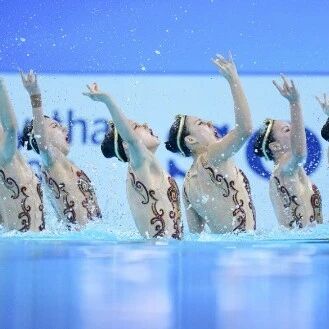Video Refereeing: The Transformation and Challenges of Future Swimming Competitions (Part 1)
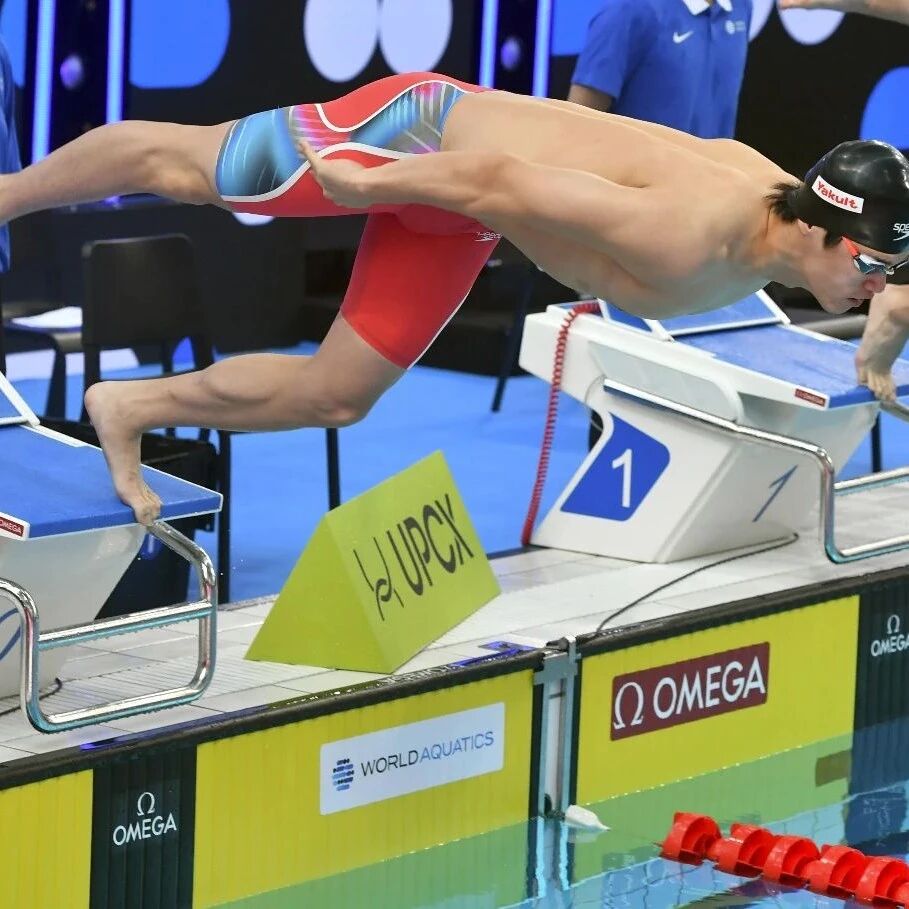


With the rapid advancement of technology, video referee systems are playing an increasingly vital role in swimming competitions. This article aims to explore how video referee technology is reshaping the future of swimming events—and to analyze the challenges it brings. Through a comprehensive review of existing literature, this paper introduces the concept of video refereeingFor the swimming competitionThe future developmentThe impactand discussed how to overcome these challenges.
Video refereeIn the swimming competitionThe application
At2019YearAt the Gwangju World Swimming Championships,InternationalThe swimming federation has trialed the video referee system for the first time.(Assistant review)This system is comprised of24Composed of miniature underwater cameras, the system is designed for underwater photography and monitoring, assisting referees in identifying fouls that are difficult to spot beneath the water's surface. By leveraging underwater imaging technology, the system helps officials detect even the most subtle infractions that might otherwise go unnoticed. The setup includes multiple compact cameras positioned both above and below the water, with a central terminal handling image capture and editing—tools that enable referees to make more precise and informed decisions. For instance, during the mixed-gender event involving the Chinese team4×100Penalized in the medley relayFalse start violation, Japanese female athlete Yui Ohashi at200Fouls in the medley relay are all determined with the help of this system. This marks the first time video referees have been used in swimming competitions.BeginGradually being accepted and promoted
From2020Tokyo Olympics(2021Held annuallyFirst, the swimming competitionBeginThe underwater video refereeing system has been introduced. This technology enables referees to review video footage of athletes' performances underwater, particularly in breaststroke competitions.After the start and turnThe former15Rice—this section has always beenUnderwaterFouled“Severely Affected Area”Through underwater video, judges can make clearer judgments.AthleteWhether the underwater butterfly kick is being used illegally. The application of video referees in swimming competitions has significantly improved the accuracy of rulings and enhanced training efficiency, leading to fairer matches while also elevating the viewing experience for spectators.
At2022Men's event at the Budapest World Swimming Championships50In the men's backstroke final, American athlete Justin·Reese was initially disqualified because he submerged completely in the water before reaching the finish line, while his teammate Hunter·Armstrong won the gold medal. However, after Rees filed an appeal, the decision to disqualify him was overturned, and he regained his gold medal—leaving Armstrong to return the original gold medal. At the time, the refereeIt isThe penalty was reviewed using the video review system, butWorldThe Swimming Federation withheld the relevant video, citing a confidentiality agreement.
2023The World Aquatics' new rule update this year partially introduces the role of video replay referees, adding it to the existing regulations. SW2.14The job responsibilities of the video moderation supervisor have been clearly defined. By now,2024Annual Budapest Short Course Swimming World Championships, throughThe video referee played a crucial role,According to the information provided by the video broadcast,A total of identified22In the second foul17Next. Situations involving frequent fouls include: performing butterfly kicks while swimming breaststroke.(Midstream), in violation of World Aquatics rules7.5, a total of individual and relay events7Second; violation of the two-handed wall-touch rule(Touching the wall), in violation of World Aquatics rules8.4, in the single item3Next; Relay baton handoff with a false start(Departure), in violation of World Aquatics rules10.12, total3Second-rateVideo refereeIts introduction marksCompetitive swimmingThe event has taken a significant step toward technological advancement and.
The video referee's decision-making principles
1 The video referee's decision isBased on the rules
Video refereeStrictly according toWorldSwimming Federation OfficialSoSwimming competition rules are enforced to ensure fair judging. These rules provide detailed guidelines for proper techniques during starts, turns, wall touches, and all swimming strokes.For example, when determining whether an athlete’s turn is legal, it’s essential to strictly adhere to the rules. In freestyle events, athletes are permitted to touch the pool wall with any part of their body, but in individual medley races, when transitioning from backstroke to breaststroke, athletesThenMust maintainLie on your backThe posture continues until reaching the pool wall. Additionally, it’s also necessary to checkSwimming coordinationWhether the actions are compliant, and whether there were any underwater violations, such asDoes the butterfly kick involve alternating movements, among other things?
2The video referee's decisions followFair and justThe principle
The angle and number of cameras should fully cover all race lanes, with accurate perspectives to ensure…Video refereeJudgePenalty standardsOfConsistent, noCanDue to the athleteOfNationality,Horizontal...factors that favor one side over the other.For example, when evaluating athletesOfTouch the wallActionWhen there is controversy, a fair and impartial judgment must be made based on objective video evidence.
3Video referee's decisionAvoid the influence of subjective bias on refereeing decisions.
Video refereeWhen making a judgment, even if there’s a preconceived impression of the athlete (Famous athletes or slower swimmers), should also be based onOn-site referee observation andVideo evidence and rules for making a judgment.When the match is equipped with video referees,Penalty rulingTherefore, it needs to be based onVideoRefereeEvidence: Only when the video clearly shows the athlete's presenceFoulOnly then can a penalty be awarded.If the video is blurry or if the shooting angle makes it difficult to accurately determine the action,Therefore, benefits must be granted to athletes according to the rules.
4 Video refereeYou can clearly observe the athletes' underwater movements.
Although the video referee andNoCanLikeApproachingMaking a judgment instantly, just like the on-field referee does.ButAtObservationToFoul play or on-site referee reports of fouls require review.Penalty rulingOfAfter the request,Sure.Complete the video replay analysis as soon as possible and provide the officiating decision.,The match will therefore be temporarily suspended.Therefore, higher demands are placed on video referees and on-site technical operators, requiring them to observe and verify carefully,Quickly locate video clipsAndFeatures like slow motion are available in a timely manner.MakeDetermine and avoid prolonged matchesOfInterruption.
5 Video refereeWithApproachingCommunication and collaboration among field referees
IfApproachingThe on-site refereeOf the athleteAction is questionable,Must immediately report to the CEO,Video refereeReceive the report immediatelyReviewVideo of specific locations,The CEO willCombiningApproachingThe referee's observationAnd the reportConduct a comprehensive assessment in conjunction with video evidence. For example,ApproachingThe on-site referee noticed that the athlete might have been turning at the moment.Has two hands at different timesThe action, butDue to factors like speed and splash,Unsure, video refereeImmediatelyFinding through video replayFoulEvidence to support the penalty.
The Pros and Cons of Video Refereeing
1 The advantages of video refereeing
(1)Video referees canPreciseGround judgmentActionDetails
Through features like video playback, slow motion, and frame-by-frame analysis, athletes' movements can be observed with pinpoint accuracy.For example, determining whether an athlete’s turn follows the rules.Requirements, with the help of the video referee system (Var) of technical measures can significantly preventOn-site refereeBecauseAngle or splash interference affectsMomentActionMisjudgments arising from inadequate observation. The video assistant referee system can effectively enhanceSwimming competitionAccuracy and fairness of the officiating.
(2) Video referees canObjective and impartial record
Captured during the competitionThe content is an objective record, notWillAffected byToOn-site environment,For exampleLight rays,Factors such as audience shouts and distractions. InPenalty rulingWhen controversy arises, it can provide relatively objective grounds.
(3) Video Assistant Referee DecisionsTraceable Re-inspection
As20242024 World Short Course Swimming Championships (Budapest)MultiplePenalty rulingAs demonstrated by the classic case,After on-site officiating, the live broadcast will instantly replay video footage of the athlete's foul.IfAthlete or coachIn cases where there are questions about a ruling or appeals arise, video records can easily facilitate tracing and review, ensuring the accuracy and fairness of the decision.Video referees in swimming competitionsIts application has also sparked widespread discussion, further highlighting the indispensable role of video recording in upholding fairness in competitions. (To be continued)
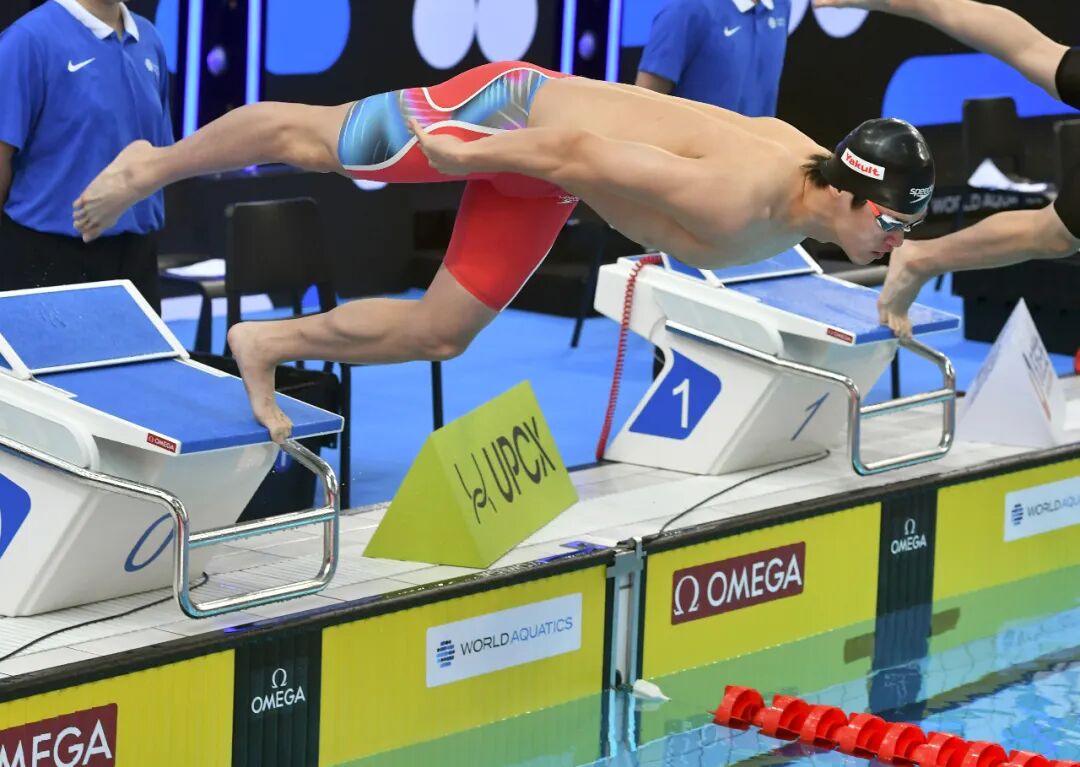
The author of this article is an international-level swimming referee.
Notice Regarding the 2025 National Children's Swimming Club "Dolphin Star" Championship
Martens breaks the men's 400m freestyle world record, ending a 16-year-old drought.

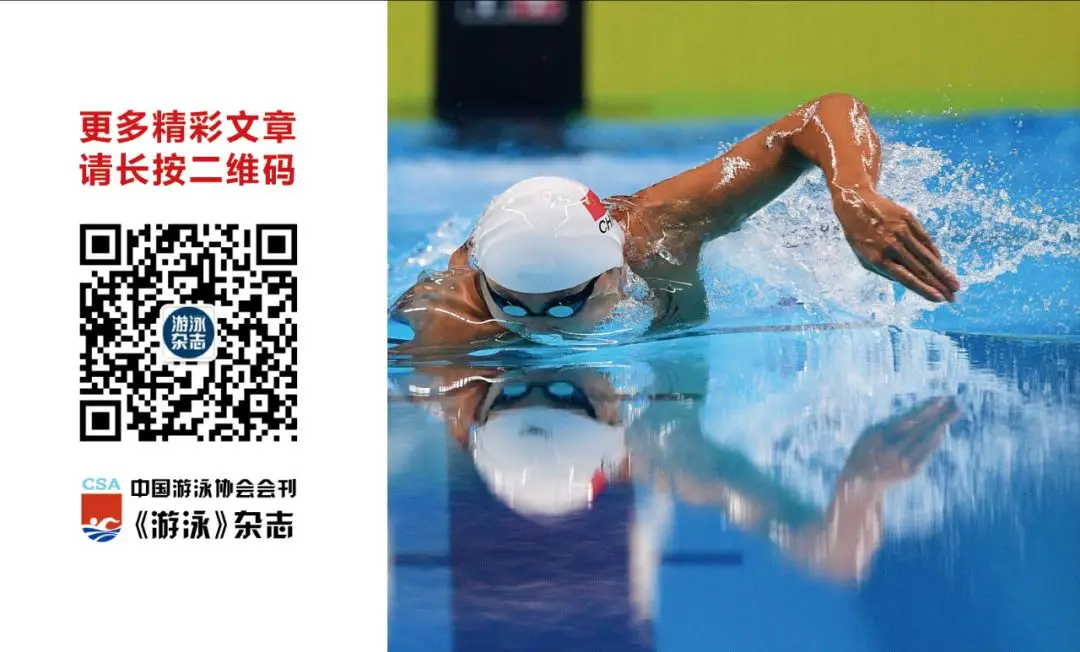
Related Articles
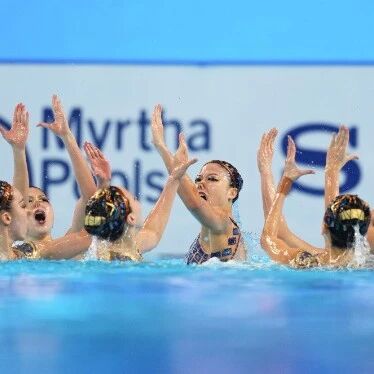
Singapore World Swimming Championships: China's synchronized swimming team sweeps the collective routines, claiming all three golds in the team events—and finishing with an impressive tally of 4 golds and 3 silvers!
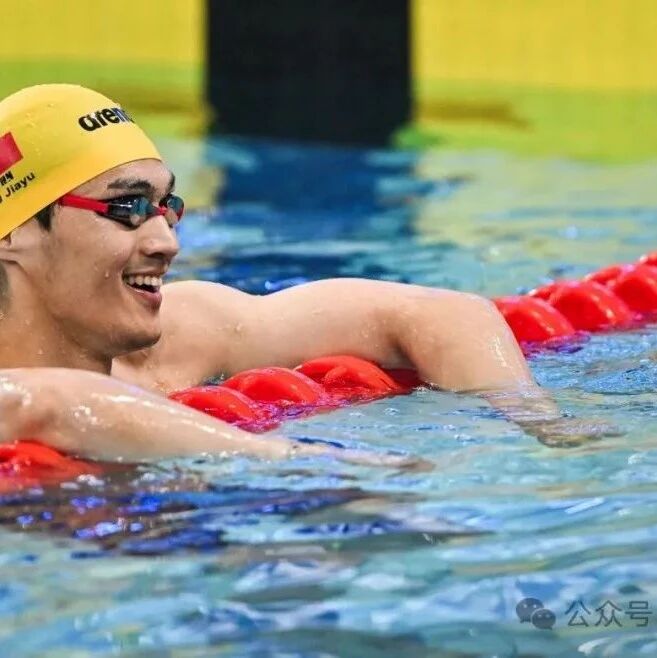
Six 50-meter runs: Save the important stuff for three times.
